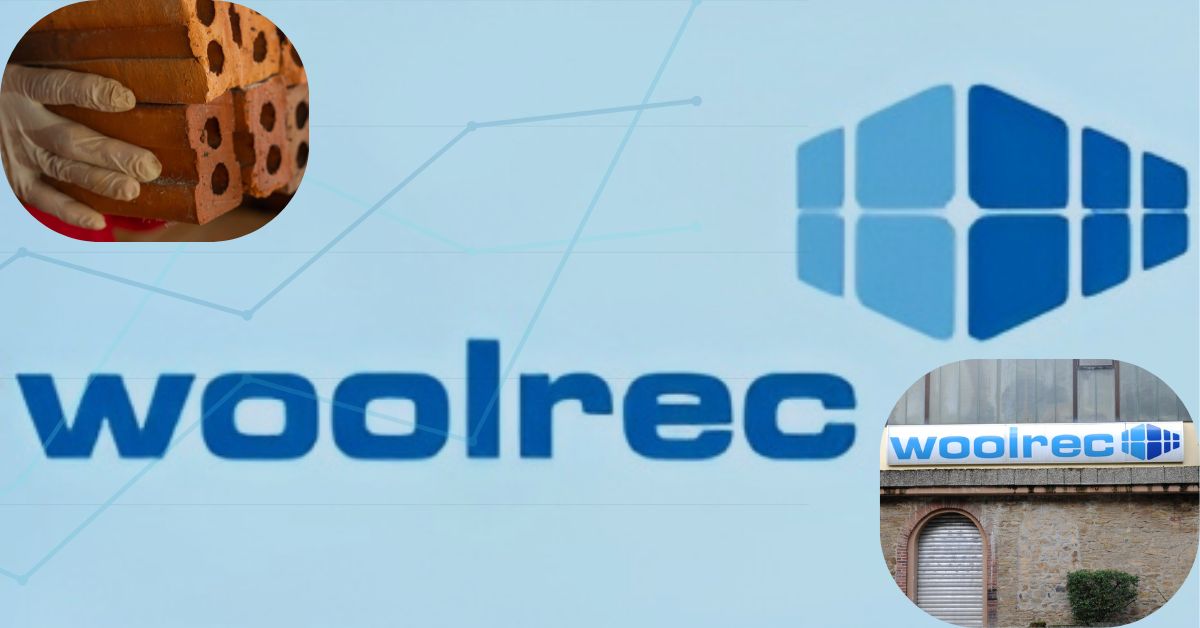Woolrec: From Innovation to Environmental Scandal
Introduction: A Promising Start
Woolrec is a former recycling company in central Hesse In 2002, Woolrec GmbH was founded in Braunfels-Tiefenbach, Germany, with a bold mission: to recycle hazardous mineral fibers from old insulation materials and transform them into a safe additive called Woolit for the brick-making industry. Backed by €550,000 in federal environmental funding, Woolrec was hailed as a green innovation. But what began as a promising environmental solution soon unraveled into one of Germany’s most disturbing recycling scandals.
The Rise and Fall of a German Recycling Company
Woolrec GmbH emerged in 2002 as a beacon of innovation in Germany’s push toward sustainable industry, promising to transform hazardous mineral waste into safe construction material. With government funding and academic endorsements, it quickly gained legitimacy and widespread adoption of its flagship product, Woolit. However, beneath its green exterior lay troubling practices: the company repackaged toxic fibers using inadequate methods, leading to contamination of local soil and food with cancer-causing agents. Public outcry and investigative journalism exposed the truth, triggering legal proceedings, environmental fears, and a collapse of public trust. What began as an eco-friendly vision ultimately became one of Europe’s most cautionary tales about unchecked industrial experimentation.
What Was Woolit?
Woolit was marketed as a harmless product made by mixing mineral fibers with clay and molasses. It was intended to strengthen bricks and reduce waste. However, investigations later revealed that:
- Woolit was not produced through the claimed process.
- Hazardous waste was simply shredded and mixed with gelatin.
- The product contained carcinogenic substances.
Timeline of the Woolrec Scandal
| Year | Event |
|---|---|
| 2002 | Woolrec founded with federal funding |
| 2004–2012 | Woolit distributed to brick manufacturers |
| 2012 | Dioxin contamination discovered; operations halted |
| 2013 | Woolrec voluntarily shuts down |
| 2018 | Legal proceedings begin |
| 2019 | Executives fined; verdict later overturned in 2021 |
Environmental & Health Impact
The scandal had serious implications:
- Dioxin levels in local produce were up to 20 times higher than normal.
- Woolit bricks were used in millions of buildings across Europe.
- Residents feared long-term health effects, including cancer risks.
- The company’s site was found to be contaminated with airborne fibers.
Legal Fallout
The company’s founder and a university professor who vouched for Woolit’s safety faced criminal charges for:
- Illegal handling of hazardous waste
- Fraudulent scientific reporting
- Endangering public health
Although both were initially fined, the German Federal Court later overturned the verdicts due to procedural errors2.
Lessons Learned
The Woolrec case exposed flaws in:
- Regulatory oversight: Authorities failed to detect the deception early.
- Scientific accountability: Conflicts of interest in safety assessments.
- Public trust: Residents protested for years before action was taken.
Frequently Asked Questions (FAQs)
Q. What was Woolrec supposed to do?
Woolrec aimed to recycle carcinogenic mineral fibers into a safe additive for bricks, reducing landfill waste and promoting sustainability.
Q. Why did Woolrec fail?
The company misrepresented its production process. Instead of neutralizing hazardous materials, it repackaged them and sold them as safe.
Q. What is Woolit, and why is it dangerous?
Woolit was the product made from recycled fibers. It was found to contain cancer-causing agents and heavy metals, making it unsafe for use in construction.
Q. How did the authorities respond?
Initially, the local government defended Woolrec. Only after media investigations and public protests did they shut down the facility and begin legal action.
Q. Were people harmed?
While no direct health cases were confirmed, environmental tests showed dangerously high toxin levels in local food and air, raising serious concerns.
Q. Is Woolrec still operating?
No. Woolrec ceased operations in 2013 and was permanently shut down. Legal proceedings continued until 2021.
Q. What happened to the contaminated bricks?
Millions of Woolit-infused bricks were used across Europe. Authorities have not mandated removal, citing low risk in finished products, but concerns remain.
Conclusion: Innovation Without Integrity
Woolrec’s story is a cautionary tale. It reminds us that green innovation must be backed by rigorous science, ethical leadership, and transparent regulation. When profit overshadows safety, even the most promising ideas can become public health disasters.
The residents of Braunfels-Tiefenbach continue to live with the legacy of Woolrec. Their fight for accountability underscores the importance of civic engagement—and the need for governments to listen before it’s too late.







